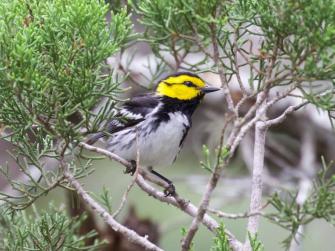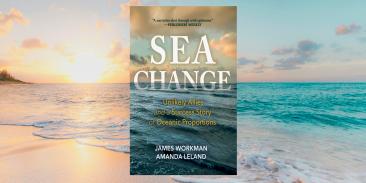Protecting wildlife on private land

Problem
In the early 2000s, native habitat in Central Texas was dwindling while development was booming. To avoid federal regulations that protect species, landowners sometimes destroyed valuable habitat for wildlife, putting songbirds such as the golden-cheeked warbler and the black-capped vireo at risk of disappearing.
Solution
We designed Safe Harbor, a program that lets landowners receive incentives from the government to protect rare species on their land, while avoiding new restrictions on how they use their land. Farmers and ranchers were key allies.
Results
State and federal fish and wildlife departments now commonly use Safe Harbor as an incentive for protecting important habitat. Thousands of acres in Texas have been restored. And nationwide, the owners of some 4 million acres have provided safe harbor to 63 rare species.
Lasting impact
Safe Harbor paved the way for habitat exchanges, which allow farmers and ranchers to profit from creating or restoring habitat to offset development that may harm a species.
Published: October 2017
Partner perspective
Many ranchers may not call themselves conservationists. But I believe our love for the land makes us natural allies with those wanting to leave a positive legacy for future generations.
Kerry Russell
Texas rancher and Safe Harbor participant










